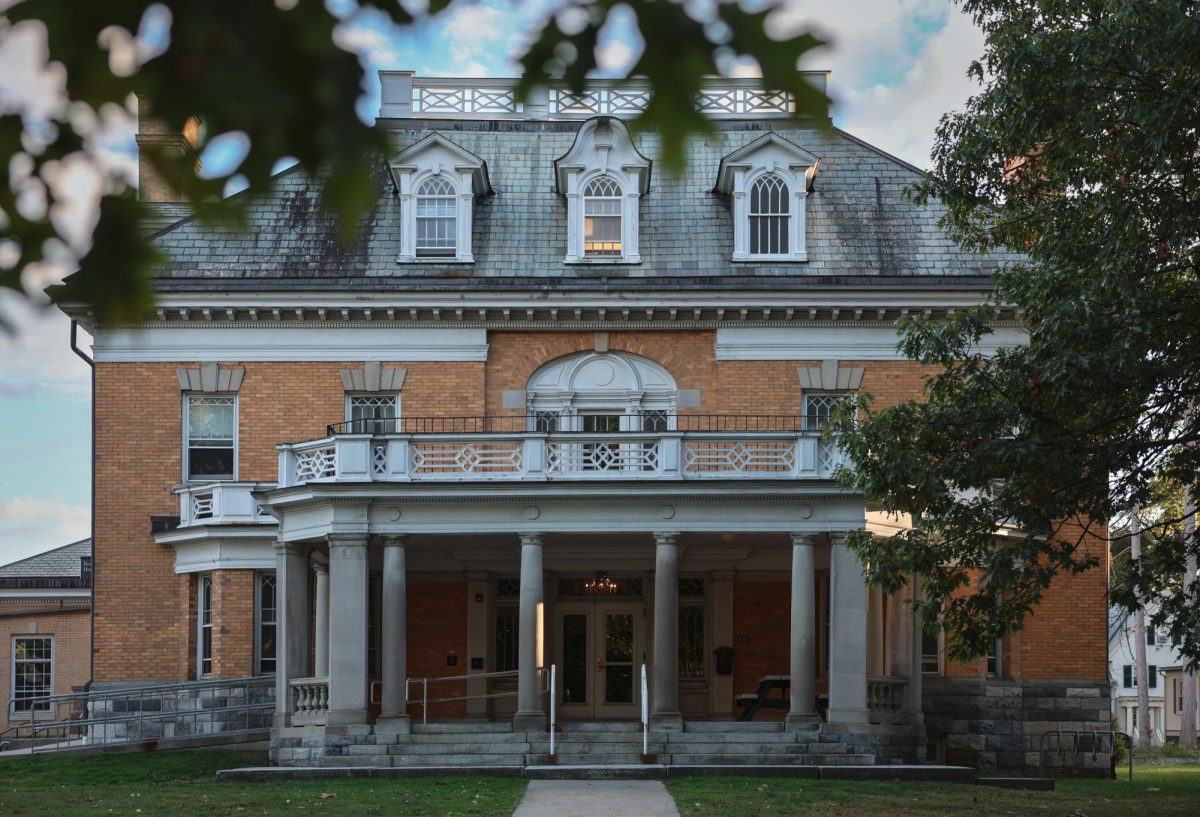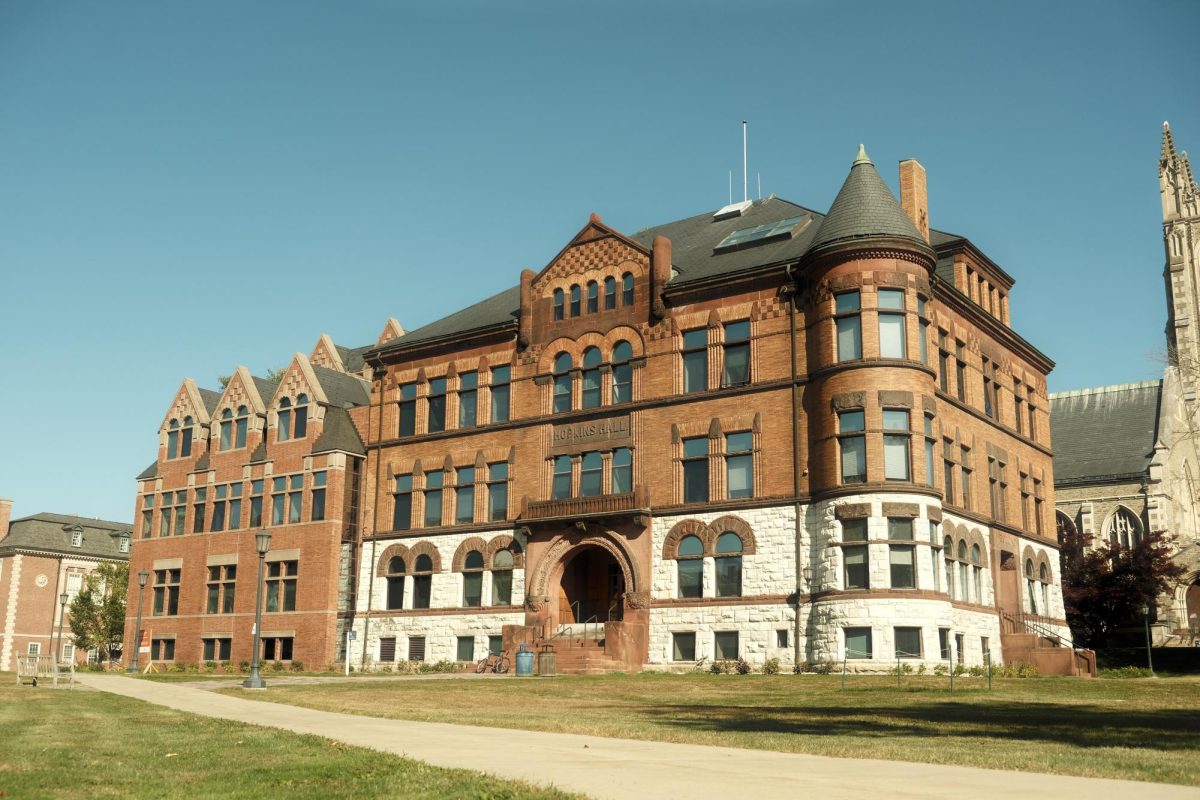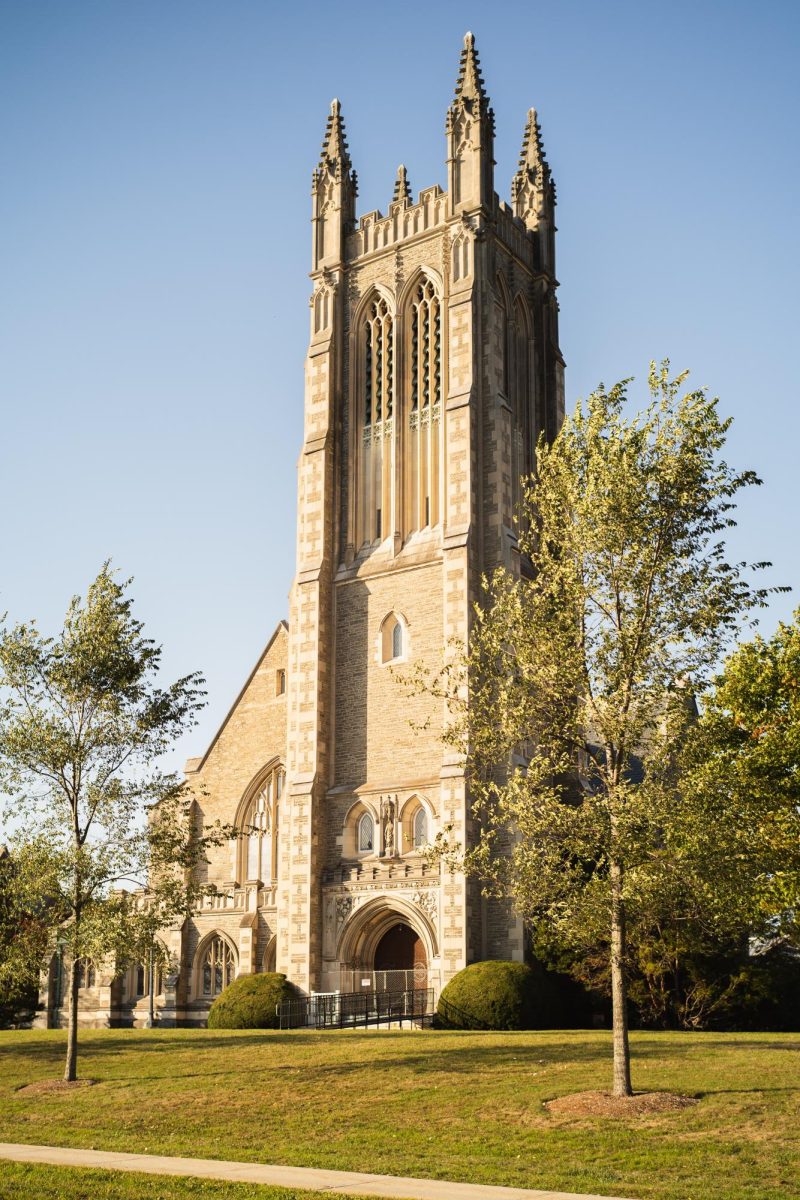A decades-long push for an Asian American studies (AAS) program made significant inroads on Thursday, when a working group formed by the Curricular Planning Committee (CPC) announced its recommendation that at least two new faculty be hired for the expansion of AAS at the College, concluding that “a program cannot be formed with current faculty resources.” In its report, the working group, composed of both students and faculty, announced strong support for an AAS program, laying out arguments for its merits and a framework for its implementation at the College.
The working group, which was assembled in October 2018 and has been meeting weekly since, was charged by the CPC with “respond[ing] to questions about future possibilities for Asian American studies: curricular development, structures for a possible program, staffing implications, and so on,” according to the report. To this end, the report emphatically expressed that the creation of an AAS program would be impossible without additional faculty hires. In addition to maintaining current AAS-related courses in units such as history, American studies and women’s, gender and sexuality studies (WGSS), the report recommended hiring two tenure-track faculty who would devote at least half of their teaching to an AAS curriculum. The report suggested the formation of an AAS concentration composed of at least five courses, including one introductory course and one capstone seminar. A third faculty hire was recommended following the formalization of the program and concentration.
The working group was chaired by Associate Professor of Geosciences Mea Cook and Associate Professor of Religion Jeff Israel, both of whom are members of the CPC. Working group members included Assistant Professor of WGSS Vivian Huang, Associate Professor of English Bernie Rhie, Professor of History Carmen Whalen, Professor of American Studies Dorothy Wang, Professor of History Scott Wong and Professor of Chinese Li Yu, as well as students Grace Fan ’19 and Tyler Tsay ’19.
When faculty members were asked why they chose to join the working group, many cited a history of activism in the AAS movement. “I have been teaching Asian American history here for 27 years, so it seems natural for me to have been part of the working group in order to provide some historical context for the proposal,” Wong said.
Wang also referenced her advocacy. “Since I was an undergraduate in the 1980s, I’ve been committed to the field of Asian American studies,” she said. “I came to Williams in 2006 as an assistant professor in the American studies program; since my arrival, I have been actively supporting and mentoring those student activists – mostly Asian American but not exclusively – who have been fighting for the creation of a program at the College.”
Student and faculty activism around AAS far predates the creation of the working group. As the recommendation lays out prominently, students first proposed an AAS program in the early 1990s through the group Asian American Studies in Action (AASiA). In the past year, AAS student activism has increased significantly; the report details that “students have held a workshop during Claiming Williams and three separate teach-ins with attendance at 100+, as well as organizing a photo campaign, a poster campaign and a ribbon action at the 2018 graduation that showed overwhelming support for AAS.”
Faculty, too, have engaged in large-scale efforts for AAS in the past several years. In September 2016, Professor of German Gail Newman, who was the chair of the CPC at the time, reached out to several faculty members from the Asian studies department for assistance with the Asian American studies initiative. “The majority of Asian studies faculty (including both core and affiliated faculty) didn’t think that putting Asian American studies under the umbrella of Asian studies would make sense,” Yu said. “Placing Asian American studies under Asian studies would only perpetuate the widespread prejudice and bias against Asian-looking people who live and work in this country: that they are the ‘perpetual foreigners,’ thus always being outsiders of American culture.”
Wang said that she witnessed similar prejudices and misconceptions during her professorship. “When I first arrived at Williams, a named-chair faculty person (who is no longer at the College) asked me what I taught,” she recounted. “I told him I taught Asian American literature in the American studies program, and he said, ‘That makes no sense. You teach Asian literature in an American studies program?’”
This response led Yu and Wang to pursue an AAS program separate from Asian studies and at the intersection of several disciplines. Wang and Yu co-founded a predecessor working group, the Asian American Studies Working Group, in 2016. According to the report, this group contained “twenty-five faculty members who hail from sixteen different academic units” and submitted a new faculty request to the Committee on Appointments and Promotions (CAP) and CPC in March 2018, setting the groundwork for the more recent working group.
The report highlights the levels of communication that have been necessary in forming its recommendation, starting with outreach toward other institutions of higher learning. In addition, members of the working group participated in community outreach, with Cook and Israel leading a faculty forum in November. “There was interesting discussion about the scope of the field of Asian American studies and recent successful models at the College for the creation of new programs,” Cook said. “These discussions informed the committee’s thinking on these topics.”
Fan and Tsay also led a student forum to solicit feedback and perspectives. “The committee was pleased with the turnout, the comments and the overall positive sentiment from students,” Tsay said of the student forum. “That said, we were also not surprised at the amount of interest in the program; students have continually demonstrated their passion for AAS throughout the past few decades, even with few results.”
Fan felt bittersweet with the overwhelming display of enthusiasm for AAS at the meeting. “One of our questions asked the room to brainstorm AAS classes they would like to take, and I remember just being simultaneously blown away by everyone’s ideas and upset by the fact that people were unable to take those classes here because the curriculum just doesn’t exist,” she said. The report itself emphasizes the interdisciplinary benefits of AAS. “Institutionalizing Asian American studies at Williams College would elevate the intellectual life on campus for everyone, as well as provide a crucial symbolic and material community space for a minority population whose experience, expertise, and labor are often overlooked,” it says.
Tsay’s role as co-president of the Minority Coalition (MinCo) also assisted in connecting AAS to broader campus discussions. “What my MinCo role offered most throughout the committee process is a more campus-wide perspective,” Tsay said. “I was invested in campus debates on ‘free speech’ and on the lack of retention of minority faculty; both informed my role on the committee.”
The report used student course history and student opinion in gauging the potential popularity of an AAS program. In a survey that the working group released, 61 out of 319 students said that they would concentrate in AAS if it were offered; 96 more said that they maybe would. In the past five years, three theses and 16 independent research study projects have concerned AAS. Furthermore, over the past five years, “an average of 39 students took one course, and an average of 7 students took at least two courses in Asian American Studies.” The report emphasized, however, that these numbers may underestimate the potential demand for AAS. “Enrollments are strongly related to critical mass of courses and faculty continuity, so past enrollments do not likely predict future enrollments once the number of faculty and courses grows,” the report says.
The final major focus of the recommendation was on how to attract and select potential faculty. In addition to renewing Visiting Professor of American Studies Anthony Kim’s appointment for 2019-2020, the committee recommended hiring two new professors with “Ph.D.’s in interdisciplinary fields such as comparative racial and ethnic studies; American studies; women’s, gender, and sexuality studies; environmental studies; performance studies; urban studies; or similar interdisciplinary fields.” Wang has offered to chair the necessary search committee, which would emphasize intra-departmental collaboration in its search.
All members of the original working group have offered support for its final recommendations. Wang, in particular, emphasized the importance of new hires in light of faculty departures. “With Scott Wong’s imminent retirement, we are left with one senior Asian Americanist – me – and one junior person – Vivian Huang,” she said. “Given Williams’ dismal record with minority faculty retention, even if we succeed in hiring new faculty, it is not clear how long it will be before we can form a program with a stable roster of faculty.” Fan also warned that any failure to follow the recommendations in full could stunt the development of an AAS program. “If the College chooses to hire any less than what we suggested, it’ll be a struggle to have enough faculty to properly establish and support a program,” she said.
The working group’s report, though a significant step toward an AAS program, does not guarantee its implementation. In the coming months, the report will be reviewed by the CAP, a six-member committee that is chaired by Dean of the Faculty Denise Buell. “The CAP has been eagerly awaiting this report from the CPC’s Asian American studies working group and looks forward to discussing it,” Buell said. “An important next step in the CAP’s response to the report is to consider it in the context of the spring process of considering tenure-track requests.” She elaborated that the CAP will start discussing staffing requests alongside the CPC in early March. Final decisions as to tenure-track faculty requests will be made by May.
The support of department chairs in fields that intersect with AAS will be crucial in upcoming months. Chair of American studies Cassandra Cleghorn signaled strong approval of an AAS program and a willingness to lead in future faculty hiring. “I’m very happy to read this comprehensive report, which moves us into the future of making Asian American studies a reality at Williams at long last,” Cleghorn said. “The prospect of two new tenure-track positions in the interdisciplinary social sciences is really exciting and seems to me to be the bare minimum for getting a program up and running with the faculty who currently teach Asian American topics. American studies is enthusiastic and ready to take a leadership role, if necessary, in this process.” Other departments that are listed in the report as intersecting with AAS include “anthropology/sociology, economics, English, history, philosophy, political science and psychology.”
Some department chairs, such as Chair of Political Science James McAllister, have not yet read the report but are open-minded toward hiring faculty in coordination with an AAS program. “We are always willing, in principle, to consider participating in such a search if it would add an outstanding political scientist to the department,” McAllister said. Other department chairs, like Chair of History Anne Reinhardt, offered a more direct endorsement of an Asian American studies program and the hiring of new faculty to that end.
While optimistic, Yu provided some caution for those who see the formation of an AAS program as nearly complete. “We are still at a very early stage regarding the ultimate goal of establishing an Asian American studies program,” she said. “The road is still long.” Tsay, additionally, provided historical context. “We’ve reached this point in 2004-05 and in 2012-13; the school, namely the CAP, denied both proposals for additional hires,” he said. For students who want to further the AAS movement, Yu suggested taking currently-offered AAS courses and participating in future faculty searches. Tsay also announced that AASiA will be hosting a series of events to educate the student body on the recommendations and next steps to be taken in addressing the CPC and CAP. In addition, members of the working group will hold a meeting with the faculty in March to answer questions and discuss the potential timeline for the institution of an AAS program. Fan added that there would be tabling at Paresky to answer student questions. “We cannot be complacent; we really have reached this point before,” Tsay said. “Even if the institution has forgotten the history of the movement, we as students cannot ever forget.”








